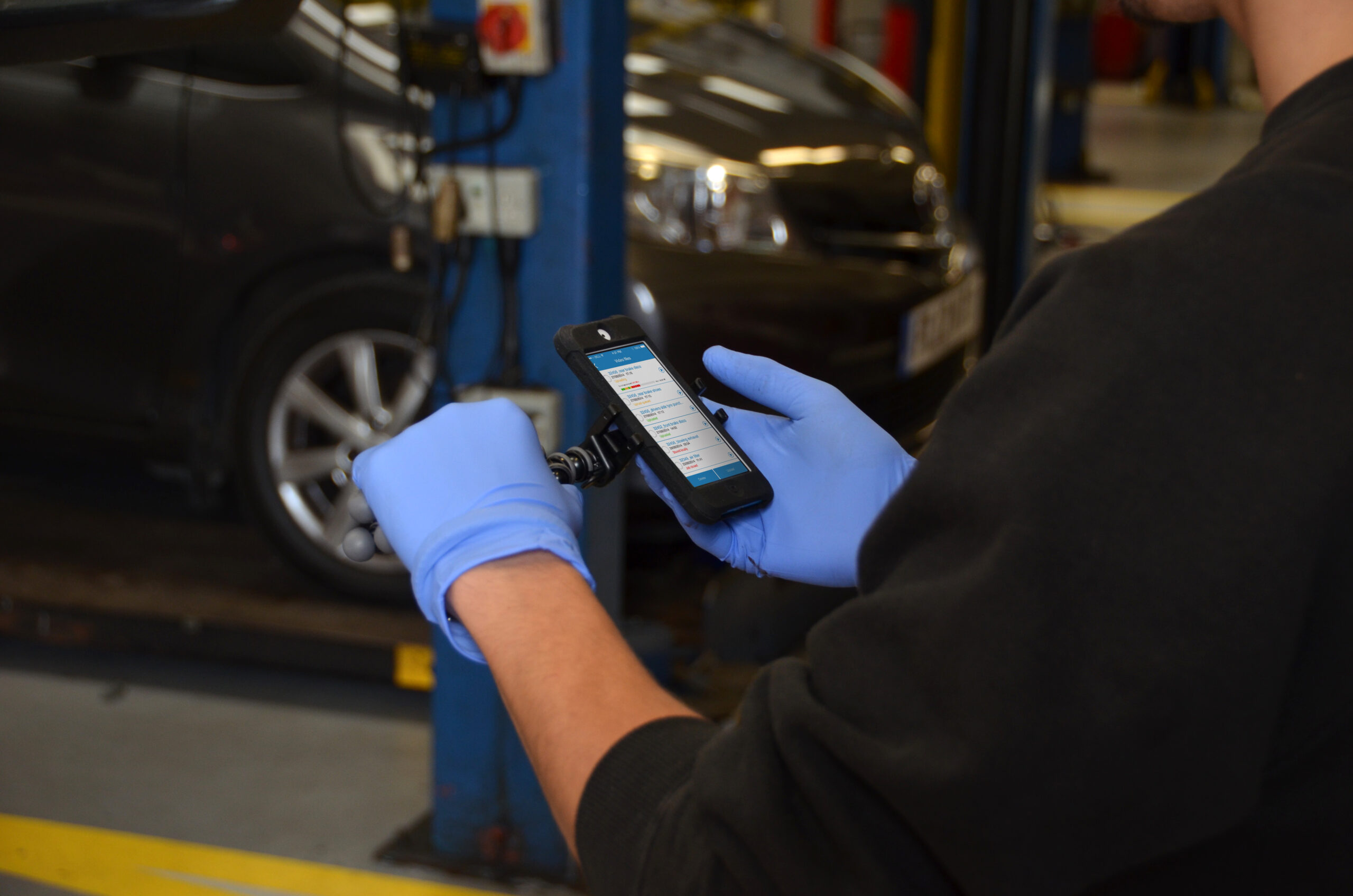It is not just about having a personalised automotive video software solution in your business, but applying good practices, so you can leverage its power.
Personalised Aftersales video software enables you to:
1. Present genuine up-sell opportunities – sell more parts and labour.
2. Help the customer make their decision – you are showing the customer rather than telling them.
3. Save time explaining reports – customer can see it for themselves.
4. Increase customer satisfaction – enhancing levels of trust, transparency and confidence.
So, let’s talk about how we achieve these goals, starting with the booking stage, through to sending your videos.
The process of being successful with your personalised video software starts right at the point of booking, by informing and engaging with your customers about your personalised video service / programme.
• Inform the customer of your video service at all the initial contact points – booking; pre-call; check-in.
• Check the customers email address and mobile phone number – to ensure your communications will be delivered timely and successfully.
• Make customers aware of what happens next, briefly explain the process and how they can interact with the software – use Point of Sale literature to support the conversation.
Your good ‘priming’ conversations will lead to increased open rates and interaction with your videos.
Good videos explain the cause and effect – for example:
• A bulge in the tyre = will affect the integrity of the tyre wall, it could rupture whilst driving.
• A split steering gaiter (depending on severity) = water & dirt could get in and corrode the joint.
• A Leaking water pump (depending on severity) = could lead to engine overheating.
• A broken door mirror = reduced visibility whilst driving.
• Create and send your videos as early as possible – to influence outcomes ‘on the day’ and assist productivity (gaining authority whilst the vehicle is still ‘on the ramp’).
• Ensure your Red and Amber recommendations are sent to customers with a price.
• Use the additional comments section to help qualify and explain what is being sent to customers.
We hope you found this useful and lookout for our next set of Good Practices. We wish you every success with your personalised aftersales video programmes.
